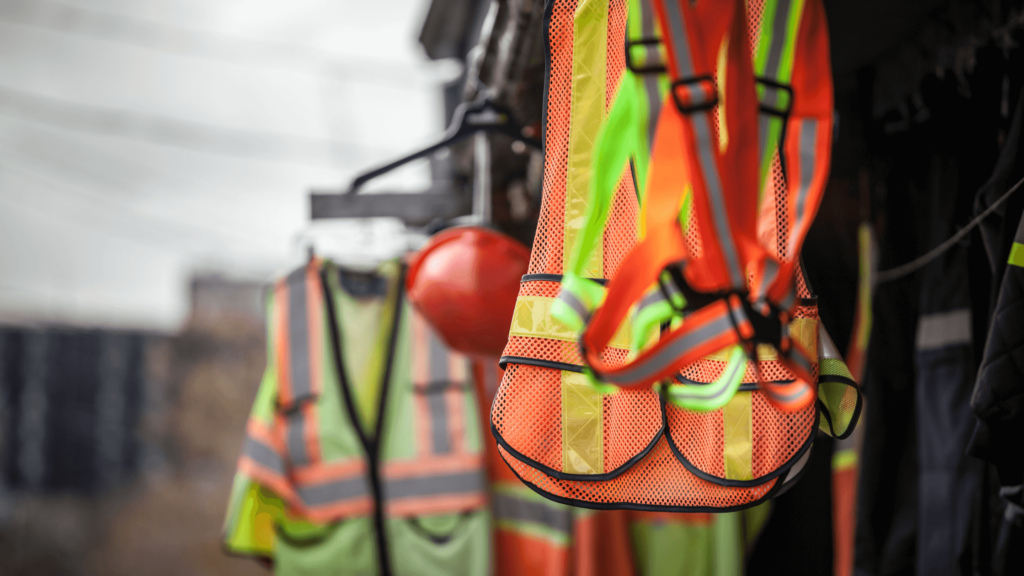Keeping workers safe is a top priority in the construction industry, yet many trade workers have been left to manage with improperly fitting gear, leaving them vulnerable. OSHA’s latest personal protective equipment (PPE) standard update is a step in the right direction. The change ensures all workers have access to PPE that fits appropriately, addressing long-standing issues with one-size-fits-all gear.

The final rule revision
Effective January 13, 2025, the new rule requires construction employers to provide PPE that fits each worker correctly. Previously, ill-fitting PPE was a significant concern, especially for women and workers with smaller or larger body frames. Equipment like hard hats and gloves often failed to offer proper protection when they didn’t fit properly.
Poorly fitting PPE can:
- Fail to provide any protection to workers, leaving them exposed to hazards.
- Reduce the overall effectiveness of the equipment, diminishing its ability to safeguard employees.
- Create additional risks, such as loose gear getting caught in machinery.
- Discourage workers from wearing the equipment, leading to further safety concerns.
OSHA updated the rule to close this gap and align construction standards with those already in place for general industry and shipyards. By requiring employers to consider fit when selecting PPE, the rule ensures every worker can perform their job safely and comfortably.
What this means for the construction industry
- For employers: Construction companies must reevaluate their PPE inventories and provide abroaderr range of sizes to accommodate diverse body shapes. This means sourcing new equipment, training staff to recognize proper fit, and updating safety protocols. While this may initially increase costs, it ensures compliance and promotes a safer work environment.
- For employees: Workers will benefit from safer, more comfortable gear that encourages consistent use. Properly fitting PPE reduces risks and enhances productivity by minimizing distractions caused by ill-fitting equipment. Employees should report any fit issues to their supervisors to ensure their safety is prioritized.
Bottom line
OSHA’s revised PPE standard addresses a critical workplace safety issue, ensuring all construction workers have access to properly fitting gear. This change will hopefully bring about a safer, more inclusive industry, benefiting both employers and employees. By adapting to these new requirements, construction companies can protect their workforce while meeting updated compliance standards.
Don’t let outdated safety practices put your workforce at risk—stay ahead of industry changes with expert insights and updates. Subscribe to our newsletter and follow us on social media to ensure your team is always protected and compliant with the latest OSHA standards.



1 comment